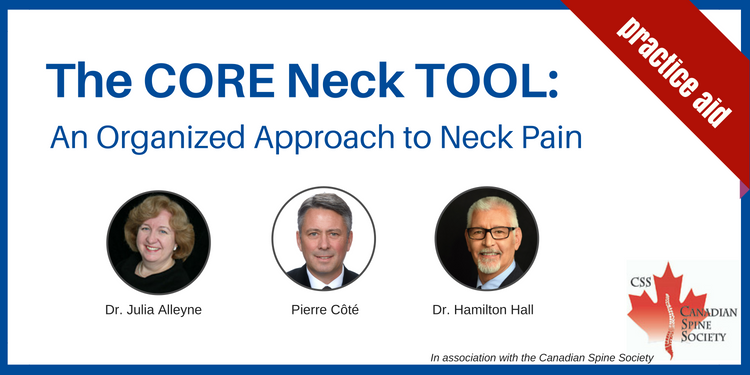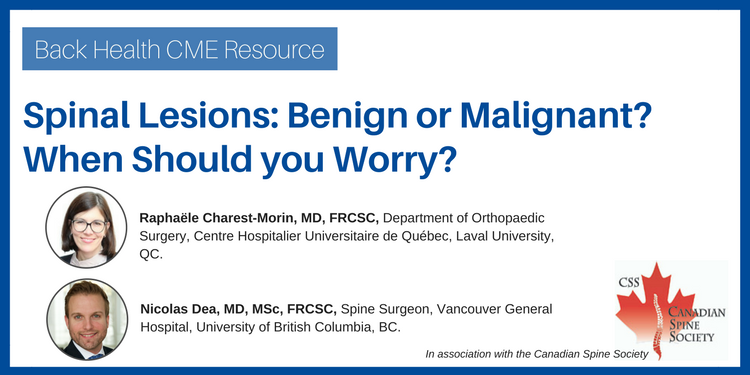Teaser:
The incidence of colorectal cancer increases with age, with approximately 60% of patients in the US (and similar numbers in Canada) older than 65 years at diagnosis and 40% over the age of 75. As highlighted by McLeod et al in this issue, the management of older patients with colorectal cancer is challenging. The prevailing difficulty is the lack of randomized trial data to support and guide treatment decisions. Pivotal trials establishing the standard of care for this disease have tended to enroll younger patients. For example, the median age of patients enrolled in phase III studies of systemic chemotherapy for metastatic colorectal cancer is commonly 60-64 years,1,2 with fewer than 20% of patients being 70 years and older. In the large colorectal screening studies, older patients are again under-represented, with only 15-17% of randomized patients being 70 years or older.3, 4 Similarly, elderly patients are less likely to be enrolled in surgical trials than younger patients.5
With this absence of prospective data, evidence regarding safety and efficacy of interventions in older patients with colorectal cancer has come mainly from subgroup analyses or meta-analyses of large randomized clinical trials, both in the adjuvant and metastatic disease settings. These analyses suggest that older patients gain similar benefit from chemotherapy as do younger patients, with little difference in the rates of severe toxicity.6 This should be reassuring to clinicians. The relation between age and outcomes from colorectal cancer surgery is more complex, however. Poorer outcomes in terms of postoperative morbidity and mortality are reported with increasing age, but these are confounded by presentation with more advanced disease stage, a greater frequency of emergency surgery and fewer curative surgeries compared to younger patients.7 All of these analyses suffer from selection bias with patients in these studies generally being fit and of good performance status.
Data from randomized studies will ultimately help optimize management of older patients with colorectal cancer. However, careful consideration should be given to the design of these studies. A growing appreciation of the heterogeneity of this patient population has led to a better understanding and use of geriatric specific assessments. These assessments which evaluate functional status, comorbid medical conditions, cognitive function, psychological state, and social supports may have value in predicting postoperative complications following surgery and may help better predict tolerance to systemic therapies. Incorporation of these assessments into both the clinical trial setting and daily clinical practice is encouraged but challenging due to time constraints in busy practices. Identifying elder-specific clinical predictors of tolerability to various interventions will ultimately lead to a more tailored approach for these patients.
The essential principles of managing colon cancer in the elderly are the same as in younger patients, however, as the authors state, an individualized approach is necessary. Frameworks for determining a patient’s remaining life-expectancy, risks of toxicities and operative complications, and quality of life issues must be developed and should ultimately underlie these individualized decisions.
No competing financial interests declared.
References:
1. Goldberg RM, Sargent DJ, Morton RF et al. A randomized controlled trial of fluorouracil plus leucovorin, irinotecan, and oxaliplatin combinations in patients with previously untreated metastatic colorectal cancer. J Clin Oncol 2004; 22: 23-30.
2. Seymour MT, Maughan TS, Ledermann JA et al. Different strategies of sequential and combination chemotherapy for patients with poor prognosis advanced colorectal cancer (MRC FOCUS): a randomised controlled trial. Lancet 2007; 370: 143-152.
3. Hardcastle JD, Chamberlain JO, Robinson MH et al. Randomised controlled trial of faecal-occult-blood screening for colorectal cancer. Lancet 1996; 348: 1472-1477.
4. Mandel JS, Bond JH, Church TR et al. Reducing mortality from colorectal cancer by screening for fecal occult blood. Minnesota Colon Cancer Control Study. N Engl J Med 1993; 328: 1365-1371.
5. Stewart JH, Bertoni AG, Staten JL et al. Participation in surgical oncology clinical trials: gender-, race/ethnicity-, and age-based disparities. Ann Surg Oncol 2007; 14: 3328-3334.
6. Kumar A, Soares HP, Balducci L, Djulbegovic B. Treatment tolerance and efficacy in geriatric oncology: a systematic review of phase III randomized trials conducted by five National Cancer Institute-sponsored cooperative groups. J Clin Oncol 2007; 25: 1272-1276.
7. Surgery for colorectal cancer in elderly patients: a systematic review. Colorectal Cancer Collaborative Group. Lancet 2000; 356: 968-974.


